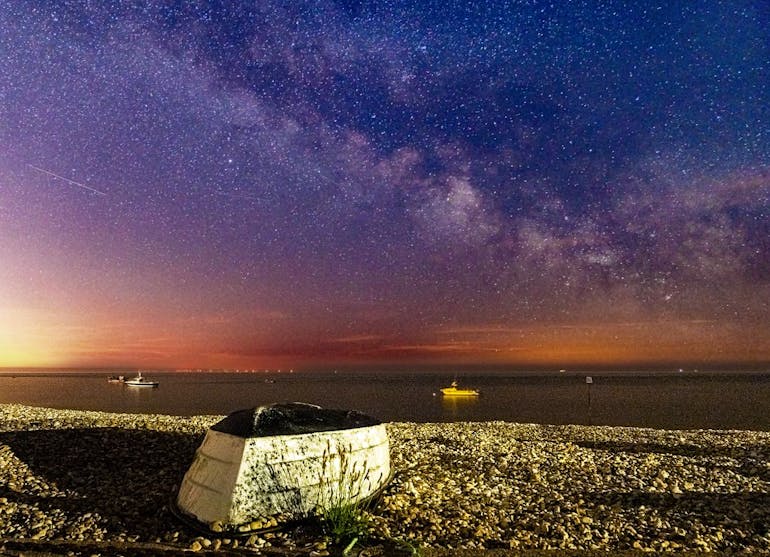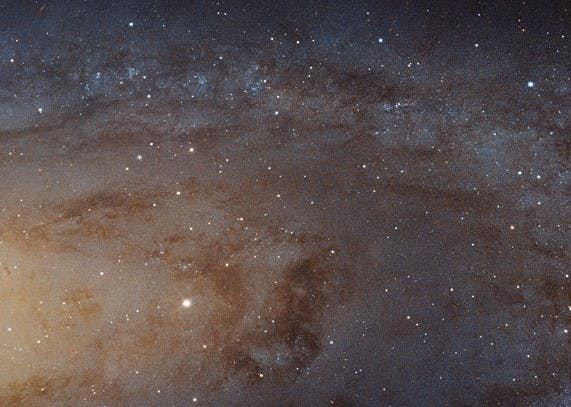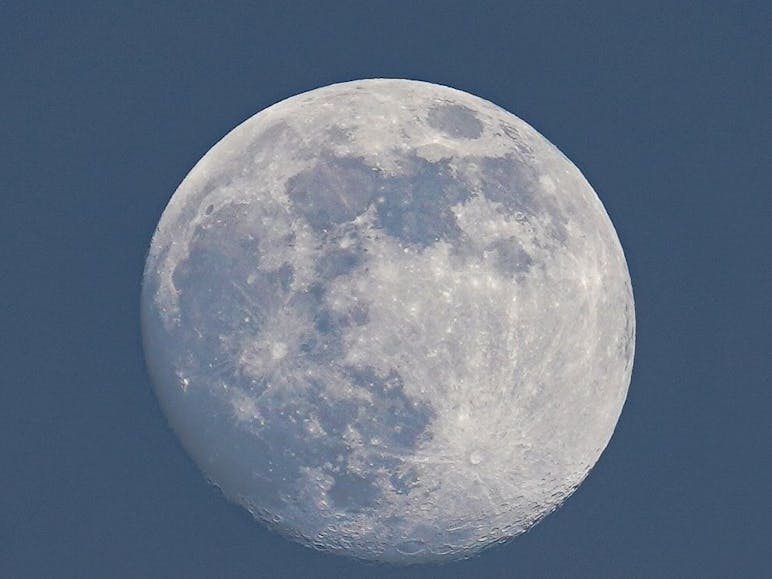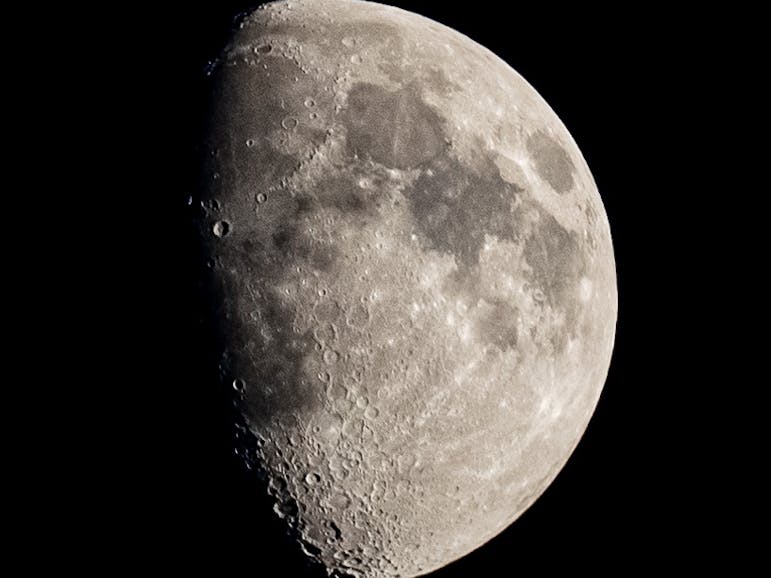Astronomy in Selsey
Selsey is blessed with a vast expanse of sky from its predominantly flat landscape, and its geographical location at the end of the Manhood Peninsula, eight miles out to sea. These skies are largely unaffected by the light pollution that blights other areas, creating one of the best environments for stargazing in the UK.
For this reason the famous astronomer the late, Sir Patrick Moore made Selsey his home.
Selsey's enviable position nestled between the South Downs to the north (which became an International Dark Sky Reserve in May 2016) and the sea to the South, East and West means the Milky Way and Andromeda Galaxy in particular can be visible on clear nights when the atmospheric conditions are just right.

The Milky Way
The Milky Way can be seen with the naked eye and is recognised by its smoke wave with darker ribbons running through it.
This holy grail of stargazing is best seen at different times during the year.
- During April and May, face south and look out during the pre-dawn hours. From June to early August it will be visible almost all night when the skies are clear but brightest near midnight.
- Mid-August through until September, the best viewing time is soon after the sun has set, and the sky has grown dark.


Andromeda Galaxy
The most distant thing you can see with the naked eye is the Andromeda Galaxy, a vast collection of stars 2.5million light years away.
- Rising in the eastern sky before being overhead at around midnight
- Dropping west in dawn’s morning glow
- Andromeda is best viewed between late September and early October.
Viewed unaided, Andromeda Galaxy has often been described as a grey smudge, a hazy patch of light in the sky about as wide as the full moon would be.
This image, captured with the NASA/ESA Hubble Space Telescope, is the largest and sharpest image ever taken of the Andromeda galaxy — otherwise known as M31. This is a cropped version of the full image and has 1.5 billion pixels. You would need more than 600 HD television screens to display the whole image. It is the biggest Hubble image ever released and shows over 100 million stars and thousands of star clusters embedded in a section of the galaxy’s pancake-shaped disc stretching across over 40 000 light-years.
Credit: NASA, ESA, J. Dalcanton (University of Washington, USA), B. F. Williams (University of Washington, USA), L. C. Johnson (University of Washington, USA), the PHAT team, and R. Gendler Cropped by Destination Selsey, full photo is in the main banner.

How to View the Sky's Celestial Objects and Phenomena
For a more detailed view a telescope would be an essential piece of equipment.
Alternatively, you can use binoculars, to find out how, pick up a copy of Selsey’s famous resident astronomer the late Sir Patrick Moore’s book, titled ‘Exploring the Night Sky with Binoculars’.

Seeing Adromeda- Wonders of the Universe: Messengers BBC2
Professor Brian Cox explains the wonders of the Adromeda Galaxy

For All Stargazing
- Wait for your eyes to become fully adjusted to the dark, something that can take about 30 minutes without looking at any light source
- Ensure you wrap up warm as even a summer night can become chilly as you sit in the dark
- Pack yourself a midnight snack and a flask of something hot.


